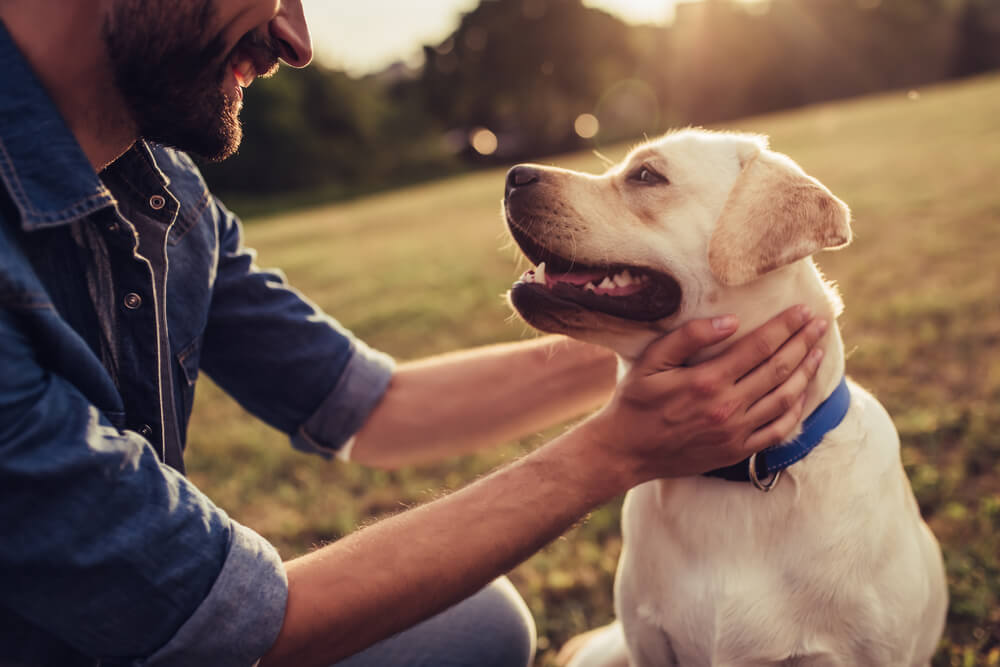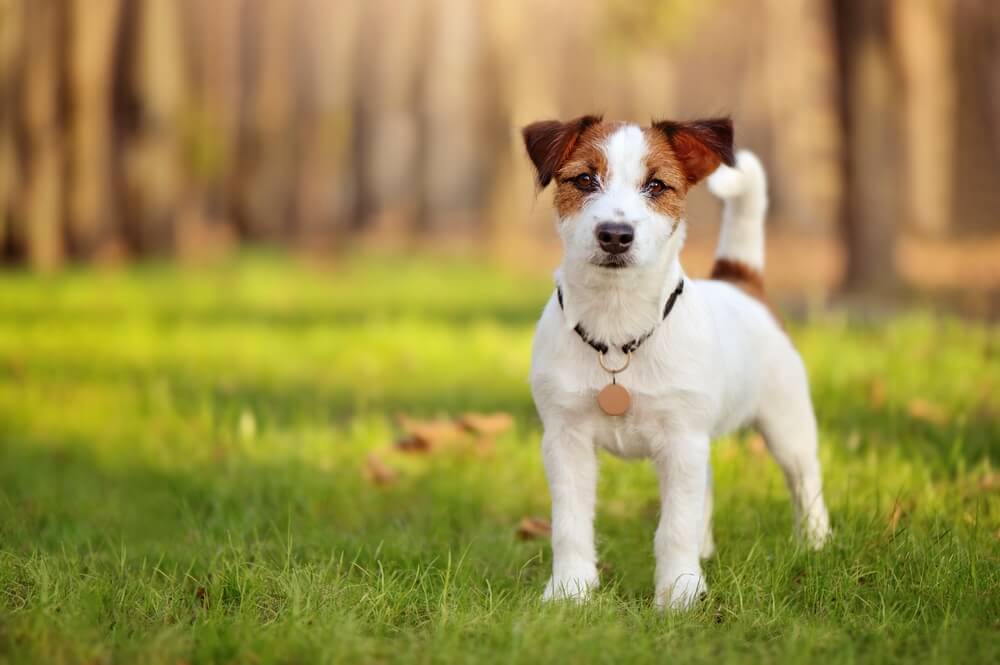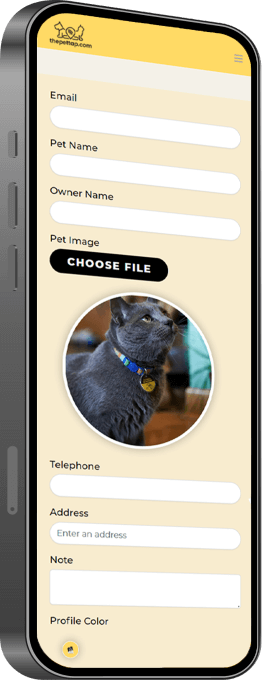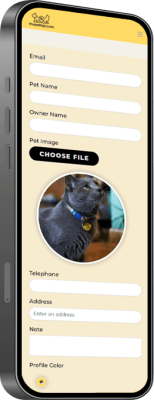Choosing the right pet tag for your furry friend is one of the simplest yet most important steps to ensure their safety. Pet tags are more than just accessories; they are essential tools that can quickly reunite you with your pet if they wander off. With so many options available—from traditional engraved tags to innovative Smart Pet ID Tags—it’s crucial to consider factors like size, breed, material, and customization. This detailed guide will help you select the perfect tag for your pet, ensuring comfort, durability, and functionality.
The Importance of Pet Tags
Pet tags are invaluable when it comes to identifying lost pets. While microchips are an excellent backup, they require a scanner, which might not always be immediately accessible. A pet tag, on the other hand, provides instant access to essential information, allowing anyone who finds your pet to contact you quickly. Additionally, modern tags leverage pet identification technology like NFC chips or QR codes, making them even more effective in reuniting pets with their owners.
Whether you have a tiny Chihuahua or a majestic Maine Coon cat, choosing a tag tailored to their needs is essential. A well-selected tag combines comfort, practicality, and style, ensuring your pet can wear it confidently daily.

Pet Tag Sizes: Getting the Right Fit
The size of the tag is one of the most important factors to consider. A tag that is too big or heavy can be uncomfortable for your pet, while one that is too small may not provide enough space for crucial information.
Small Pets
Lightweight and compact tags are essential for smaller pets, such as toy breeds, kittens, or even rabbits. Look for pet tag sizes that won’t overwhelm your pet’s delicate frame. Aluminum and lightweight stainless steel tags are excellent choices, offering durability without adding unnecessary weight.
Medium Pets
Medium-sized pets like Beagles or domestic cats require a balance of size and durability. Their tags should be large enough to display all necessary information while being lightweight and comfortable for everyday wear.
Large Pets
Larger breeds, such as Golden Retrievers or Huskies, can easily carry bigger tags. Larger pet tag sizes provide ample space for customization and increased visibility, which is especially important for pets that roam outdoors frequently. Sturdy materials like brass or stainless steel are ideal for these active pets.
Considering Breed-Specific Needs
Every breed has unique characteristics that influence the type of tag that works best for them. Breed-specific tags cater to these needs, ensuring both comfort and practicality.
Flat-Faced Breeds
Breeds like Bulldogs and Pugs have sensitive necks, so their tags should be lightweight and comfortable. Silicone or soft-edged tags are excellent choices for these pets, reducing the risk of irritation.
Long-Haired Breeds
For pets with long or thick coats, such as Afghan Hounds or Persian cats, it’s important to choose tags that won’t tangle in their fur. Rounded or smooth designs help prevent discomfort while ensuring the tag remains visible.
Active and Working Breeds
Dogs like Border Collies or German Shepherds are known for their high energy and outdoor activities. For these breeds, durable pet tags that can withstand rough play, weather conditions, and high-impact activities are essential. Stainless steel or tough silicone tags are highly recommended.
Custom Pet Tags: Adding a Personal Touch
Personalization allows you to tailor your pet’s tag to their specific needs and your style. Custom pet tags enhance functionality and add a unique flair to your pet’s collar.
- Personalized Information
Ensure your tag includes critical details such as your pet’s name, contact number, and relevant medical conditions. Customization can be life-saving for pets with allergies or specific health issues.
- Design Options
Custom tags allow for various colors, shapes, and designs, reflecting your pet’s personality. From bone-shaped tags for dogs to heart-shaped tags for cats, there’s no shortage of creative possibilities.
- Advanced Features
With modern pet identification technology, custom tags can include QR codes or NFC chips that store information, including alternate contacts and medical records. These tags are especially useful for pets with unique needs or those prone to wandering.
Materials Matter: Durability and Comfort
The material of your pet’s tag significantly affects its longevity and functionality. Active pets, in particular, need tags that can endure wear and tear without compromising comfort.
- Stainless Steel and Brass
These materials are the gold standard for durable pet tags. Resistant to rust and corrosion, they are perfect for pets that love to play outdoors or explore the wild.
- Silicone Tags
Silicone tags are soft, lightweight, and virtually silent, making them ideal for pets that dislike the jingling noise of metal tags. They are also flexible and safe for pets with sensitive skin.
- Plastic Tags
Plastic tags are affordable and lightweight but may not last as long as metal or silicone tags. They are better suited for indoor pets with lower activity levels.
Leveraging Pet Identification Technology
Advances in pet identification technology have transformed how we think about pet safety. High-tech tags equipped with NFC chips or QR codes enable anyone who finds your pet to access detailed information instantly. By tapping a smartphone on the tag, finders can view the pet’s name, owner’s contact information, and medical details. This technology adds a layer of security and convenience, especially for tech-savvy pet owners.
Tips for Choosing the Perfect Pet Tag

- Evaluate Your Pet’s Lifestyle
Consider your pet’s daily activities and environment. For example, outdoor pets need sturdy, waterproof tags, while indoor pets may do well with lightweight options.
- Match the Tag to the Collar
Ensure that the tag is compatible with your pet’s collar or harness. Some tags come with specific attachment mechanisms, so choose accordingly.
- Prioritize Readability
The information on the tag should be easy to read, with a font size that suits the tag’s dimensions. Avoid overly decorative fonts that might compromise clarity.
- Think Long-Term
Invest in high-quality materials and designs that can withstand daily wear and tear. Durable tags are more cost-effective in the long run.
- Don’t Forget Style
While safety and functionality are paramount, the tag’s appearance is also essential. Choose a design that complements your pet’s personality and style.
Balancing Functionality and Style
When selecting a tag, finding a balance between practicality and aesthetics is essential. While custom pet tags can be beautifully designed, their primary purpose is to ensure your pet’s safety. By combining durability, personalization, and size considerations, you can create a tag that is both functional and fashionable.
Conclusion: Making the Right Choice
Choosing the right pet tag involves more than picking a cute design. By considering pet tag sizes, breed-specific tags, and the benefits of durable pet tags, you ensure your pet remains safe and comfortable. Whether you opt for traditional tags or ones enhanced with modern pet identification technology, the right choice can make all the difference.
Explore the innovative options available at Pet Tap to find a tag that combines safety, style, and cutting-edge technology. This will give you peace of mind and your pet the best chance of returning home quickly if they ever wander off.






